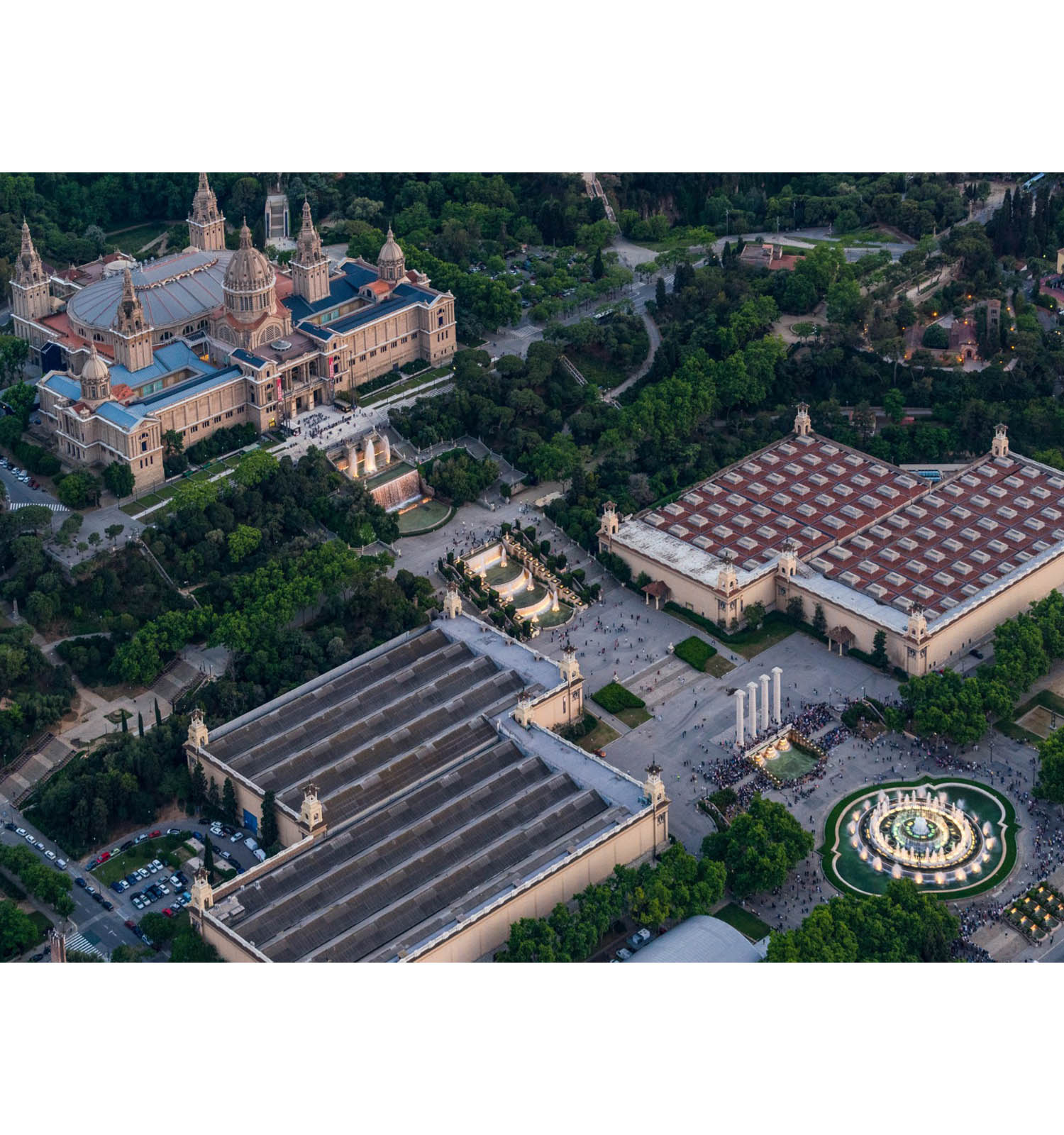The first phase of the architectural competition for the expansion of the MNAC has closed with the admission of 30 proposals
The first phase of the architectural competition for the expansion of the MNAC has closed with the admission of 30 proposals
The projects have been drawn up by 65 architecture studios from 9 nationalities
Barcelona, 11th November 2024
The first phase of the architectural competition for the expansion of the Museu Nacional d’Art de Catalunya has closed with the admission of 30 projects. The call has attracted the interest of 65 studios and individual architects, from 9 nationalities, who appear in the proposals presented.
Among these 30 accepted proposals, the jury, formed by representatives of the three administrations that make up the MNAC Board of Trustees - the Generalitat de Catalunya, Barcelona City Council and the Ministry of Culture, the COAC (The Architects College of Catalonia) and the Museum, will choose the five proposals finalists, who will go to the second phase, for which they will be paid. The final decision of the jury with the winning proposal will be announced in the spring of 2025. The rules of the competition establish that the proposals should be submitted anonymously until the final decision.
This expansion represents the culmination of the country's major art museum, conceived by Joaquim Folch i Torres in 1934, the year of its foundation.
The enlargement of the MNAC will allow the rehabilitation and recuperation of the heritage of the Victòria Eugènia Pavilion, the work of the architect Josep Puig i Cadafalch, and will involve the reorganisation of certain spaces of the current headquarters in the Palau Nacional, as well as the connection between the two buildings . The result will be a single museum with two perfectly connected buildings, which will make it possible to deploy the set of heritage, artistic and public service missions that the MNAC develops with the ambition and impact of an international benchmark facility.
The expansion and reorganisation of the spaces, as well as the improvement of access and proximity to the urban section, will be decisive in consolidating and strengthening its dimension as a major museum, typical of a European capital and at the service of the city and the country.
This architectural transformation will also make it possible to have the tools and spaces necessary to respond to the large number of challenges and demands raised by the different communities and stakeholders of society and the cultural sector, strengthening and growing its essential condition of public service.
The enlargement will make it possible for the new MNAC, without chronological limits, to accommodate, for the first time comprehensively, the artists of the second half of the 20th century and display in all its breadth the collection of photography and popular arts such as comics and illustration. Another goal of this architectural extension is to have the exhibition spaces with the dimensions, versatility and characteristics necessary to carry out a complex, diverse and far-reaching exhibition programme, as well as having the capacity to fully develop the educational and social dimension that the Museum has been developing in recent years.













